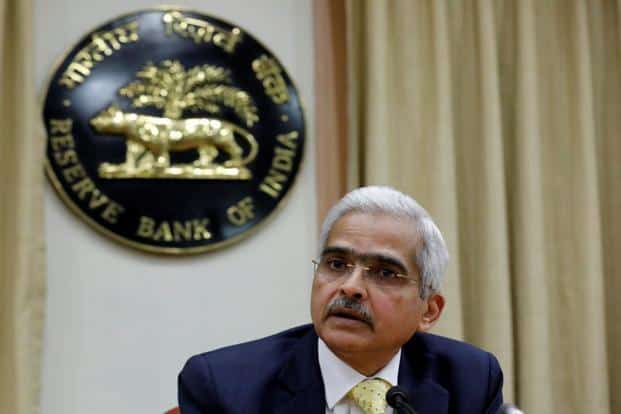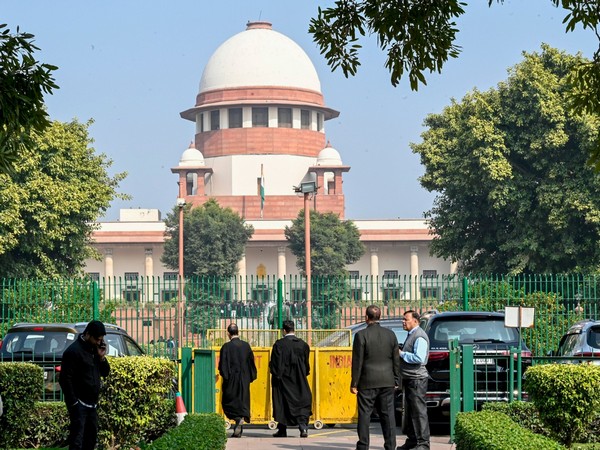
Reserve Bank Cuts Repo Rate To 5.4%
Consequently, the reverse repo rate under liquidity adjustment facility stands revised to 5.15 per cent, and the marginal standing facility (MSF) rate and the bank rate to 5.65 per cent. The six-member monetary policy committee (MPC) headed by Governor Shaktikanta Das also decided to maintain the accommodative stance of monetary policy.
More significantly, the central bank lowered the GDP growth forecast for current financial year 2019-20 to 6.9 per cent from 7 per cent earlier. It said the GDP growth could be in the range of 5.8 to 6.6 per cent in first half (H1 FY20) and 7.3 to 7.5 per cent in second half (H2 FY20) with some risks somewhat tilted to the downside.
However, the GDP growth for first quarter of next fiscal (Q1 2020-21) is projected at 7.4 per cent. India’s economy grew by only 6.8 per cent in 2018-19, according to government data. In the fourth quarter (January to March), the growth dipped to 5.8 per cent, marking a five-year low.
“Addressing growth concerns by boosting aggregate demand, especially private investment, assumes the highest priority at this juncture while remaining consistent with the inflation mandate,” said Das after the three-day MPC meeting.
“These decisions are in consonance with the objective of achieving the medium-term target for consumer price index (CPI) inflation of 4 per cent within a band of plus or minus 2 per cent while supporting growth,” he said. Retail inflation at 3.18 per cent in June has remained below the RBI’s medium-term target of 4 per cent for almost a year.
Since the last policy, domestic economic activity continues to be weak with the global slowdown and escalating trade tensions posing downside risks, said the RBI. Private consumption, the mainstay of aggregate demand, and investment activity remain sluggish.
“Even as past rate cuts are being gradually transmitted to the real economy, the benign inflation outlook provides headroom for policy action to close the negative output gap. Addressing growth concerns by boosting aggregate demand, especially private investment, assumes the highest priority at this juncture while remaining consistent with the inflation mandate,” said the RBI.
All members of the MPC unanimously voted to reduce the policy repo rate and maintain the accommodative stance. While Ravindra Dholakia, Michael Debabrata Patra, Bibhu Prasad and Shaktikanta Das voted to reduce the policy repo rate by 35 basis points, Chetan Ghate and Pami Dua voted to reduce it by 25 basis points.
On February 7, April 4 and June 6, the central bank had reduced the key lending rate by 25 basis points to infuse liquidity and push growth. Repo rate is the rate at which the RBI lends money to commercial banks. A repo rate cut allows banks to reduce interest rates for consumers on loans, and lowers equal monthly instalments on home loans, car loans and personal loans.
Industry leaders say a substantial cut in the repo rate and bank lending rates are needed to boost manufacturing and domestic demand and bolster economic growth.
However, there is another concern among government officials that commercial banks with massive bad debts and weak deposit growth are not automatically passing through the RBI’s repo rate cuts to borrowers.
A worrying factor for the new government led by Prime Minister Narendra Modi is the unemployment rate. Recent data showed that it stood at 6.1 per cent — the highest in 45 years.
Finance Minister Nirmala Sitharaman said after presenting the Union Budget for 2019-20 that she would like to see a significant reduction in the RBI policy rate to shore up the economic growth.
(ANI)



